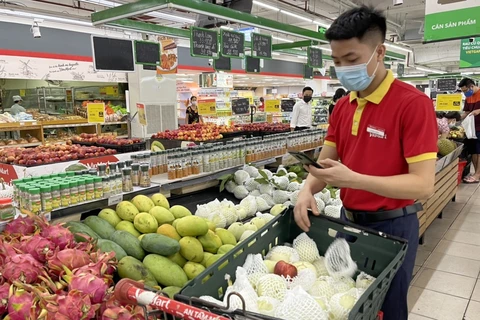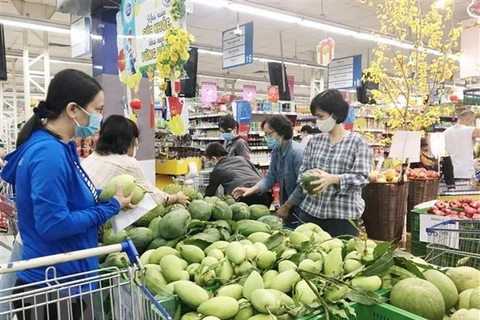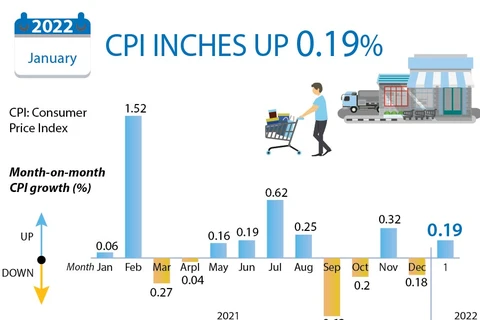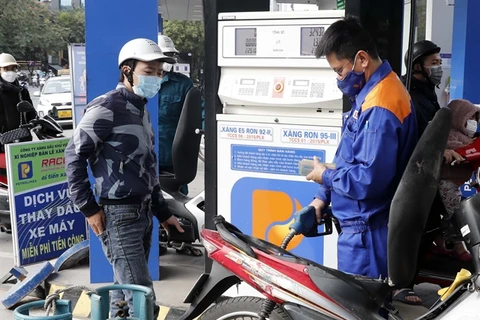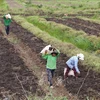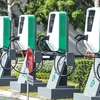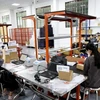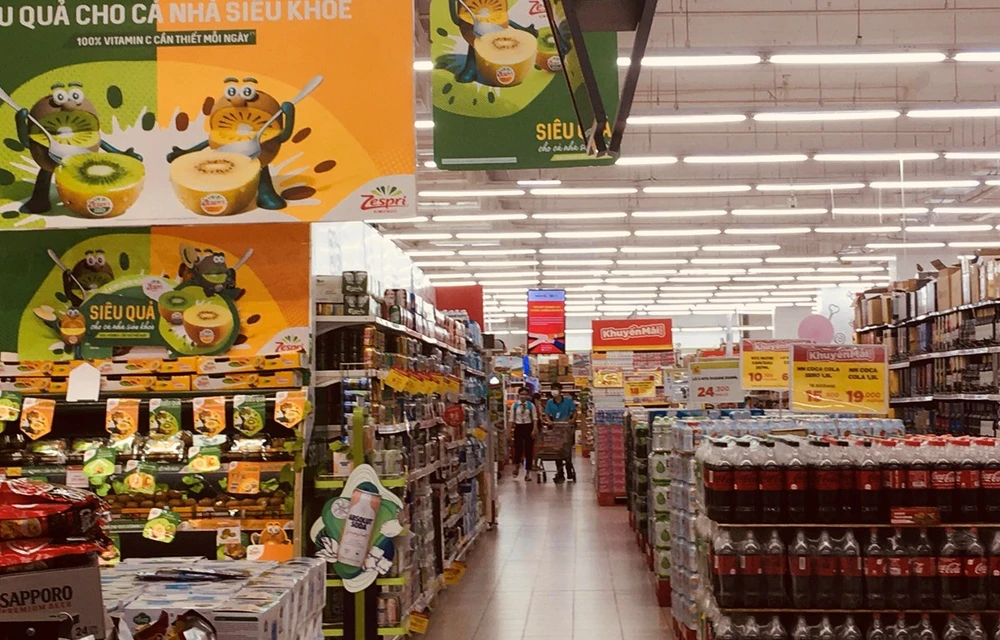
Hanoi (VNA) - Vietnam's CPI has increased by 1 percent in February and 1.42 percent against the same period last year, according to the General Statistics Office of Vietnam (GSO).
The CPI inched up 0.99 percent in urban areas and 1.02 percent in rural areas.
The increase is a result of rising global petrol prices and the after-effect of the Tet (Lunar New Year) holiday, which typically causes prices to rise due to a spike in demand.
Petrol prices went up further as a result of global oil price surge while prices of food, foodstuffs, dining out, and public transport were also on the rise, said Nguyen Thu Oanh from the GSO, adding that these are the main reasons behind a 1-percent month-on-month hike in February’s CPI.
In February, among the 11 commodity and service baskets, 10 reported increases, with the highest seen in transport. Meanwhile, prices of post and telecommunications declined by 0.04 percent.
Prices of food, foodstuffs and dining services edged up 1.54 percent, causing the overall CPI of the month to advance 0.52 percentage points. Among them, prices of foodstuffs rose the highest, by 1.69 percent, closely followed by the dining services, 1.68 percent.
Rice slightly picked up with 0.2 percent, largely because export prices remained high and major markets, such as the Philippines, Malaysia and China, boosted rice imports originating from Vietnam, according to Oanh.
The GSO pointed out that core inflation in February rose by 0.49 percent over the previous month, and by 0.68 percent over the same period last year.
In the first two months of 2022, CPI climbed by 1.68 percent over the same period last year. Core inflation increased by 0.67 percent year-on-year, lower than the general average CPI, which reflects the fluctuation of consumer prices mainly due to rising prices of food and fuel, the GSO official noted.
On February 21, the price of RON 95 gas hit a record high at 26,000 VND per litre, driving up the price of products and services. For example, Grab has added an extra fee of 2,000 VND to its food delivery service. Transport firms are expected to raise their prices as they have done so in the past when petrol prices increased sharply.
In addition, prices of consumer goods have been reported to be on the rise, especially vegetables, as northern Vietnam suffered a historic cold spell that laid waste to a large part of its vegetable production area. It will take a few weeks at least for the price to fall back to a normal level as production recovers.
Aside from petrol and vegetables, the vast majority of commodities have returned to the pre-holiday price level, said a representative from the Ministry of Industry and Trade (MoIT).
Economists have expressed concern over rising prices in the global market as economies are bouncing back from the pandemic, which typically produces stronger demand for commodities. Meanwhile, supply remained inadequate as the global supply chain has been severely disrupted and has not fully recovered.
Key commodities including energy, industrial steel, rare metals and agricultural products have been reported to be at a higher price level compared to pre-pandemic, especially medical supplies due to rising COVID-19 infections.
Earlier, the government announced a reduction in VAT, from 10 percent to 8 percent, in order to combat rising CPI and inflation. Meanwhile, measures have been taken to increase the production of key commodities to meet market demand, according to MoIT.
The ministry said it has been working closely with local governments across the country to better respond to the demand for goods and services in each region while ensuring fluid distribution to prevent shortages of goods and rising prices.
In addition, the ministry's market watch force has been tasked to step up inspection and investigation to deter speculation and hoarding of key commodities, especially petrol. The ministry will continue to publicly broadcast supply and demand information of important goods and services./.

